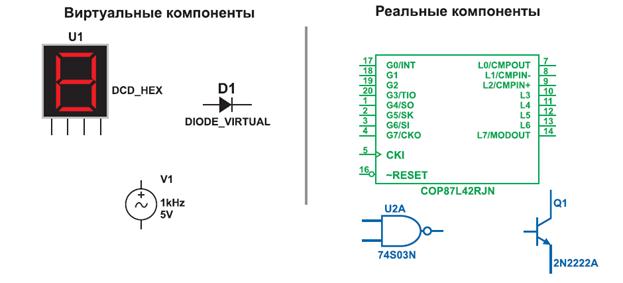Separating
Fortifying
Pasteurizing
Homogen izing
Packaging
SSW Types of dairy products Cream and butter Today, milk is separated by huge machines in bulk into cream and skim milk. The cream is processed to produce various consumer products, depending on its thickness, its suitability for culinary uses and consumer demand, which differs from place to place and country to country. Some cream is dried and powdered, some is condensed (by evaporation) mixed with varying amounts of sugar and canned. Most cream from New Zealand and Australian factories is made into butter. The butter is packaged (25 to 50 kg boxes) and chilled for storage and sale. At a later stage these packages are broken down into home-consumption sized packs. Skimmed milk The product left after the cream is removed is called skim, or skimmed, milk. To make a consumable liquid a portion of cream is returned to the skim milk to make low fat milk (semi-skimmed) for human consumption. By varying the amount of cream returned, producers can make a variety of low-fat milks to suit their local market. Other products, such as calcium, vitamin D, and flavouring, are also added to appeal to consumers. Casein Casein is the predominant phosphoprotein found in fresh milk. It has a very wide range of uses from being a filler for human foods, such as in ice cream, to the manufacture of products such as fabric, adhesives, and plastics. Cheese Cheese is another product made from milk. Whole milk is reacted to form curds that can be compressed, processed and stored to form cheese. In countries where milk is legally allowed to be processed without pasteurization, a wide range of cheeses can be made using the bacteria naturally in the milk. In most other countries, the range of cheeses is smaller and the use of artificial cheese curing is greater. Whey In earlier times, whey or milk serum was considered to be a waste product and it was, mostly, fed to pigs as a convenient means of disposal. Beginning about 1950, and mostly since about 1980, lactose and many other products, mainly food additives, are made from both casein and cheese whey. Yogurt Yogurt (or yoghurt) making is a process similar to cheese making, only the process is arrested before the curd becomes very hard.
|




